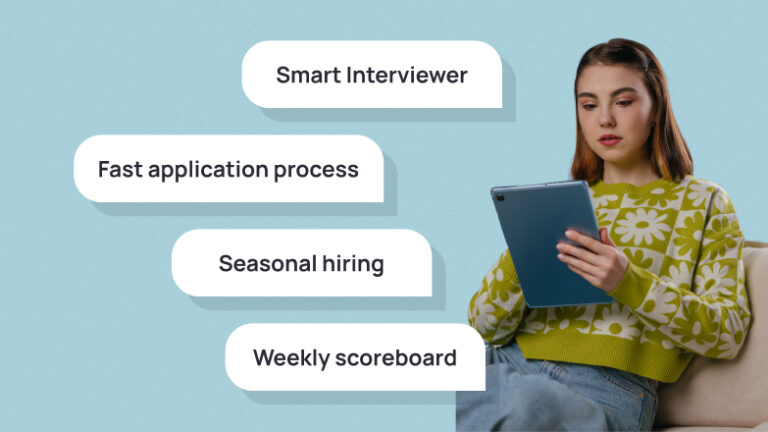Predictive Analytics: Your resolution will fail, here’s a promise you can keep

When technology is used in the right way it can enhance and improve our lives
During this seasonal holiday a great many of us will start to create plans for the forthcoming New Year. We’ll think about events, occurrences and happenings of the year gone by and many will commit to doing things better next year.
Even though studies have shown that only 8% of people keep their New Year’s resolutions , we still make (and subsequently break) them. But the intention was there, so good work!
Have you ever stopped to think about the processes your brain undertakes to enable you to set your goals for the New Year? No? Well, luckily I’ve done that bit for you. To make that resolution you combined your current and historical personal data and produced a future outcome, factoring in the probability of success, based on your analysis. A form of predictive analytics, if you like!
Predictive Analytics.
Using historical data to predict tomorrow’s outcomes
Thinking about those things you did (and didn’t do) this year and predicting/projecting for next year.
So now you know what it involves and we are (loosely) agreed that you’re on board with predictive analytics, when better than to tell you now that 2016 is going to be the year when we really start to see the benefits of predictive analytics within our jobs and people functions at work.
I think it’s now universally accepted that when technology is used in the right way it can enhance and improve our lives across every sector and industry. Most fields have seen significant developments over the last 20-30 years as technology is increasingly used to further our understanding of the way things work, enabling us to make better decisions in areas such as medicine, sport, communication and, arguably, even dating (predictive analytics is used in all of those sectors by the way!) so why not use it to help us find the right people for the right organisations?
Did you know you no longer need a top-class honours degree to work at Google?
Every employee is put through their analytics process allowing the business to match the right person with the right team, giving each individual the best environment to allow their talent to flourish.
Companies such as E&Y and Deloitte are using different methods to tackle the same problem – removing conscious and subconscious bias attached to the name and/or perceived quality of the university where applicants studied.
Airlines, retail, BPOs, recruitment firms a growing number of businesses within these sectors are using or on-boarding predictive analytics to achieve upturns in profits, productivity and achieving a more diverse and happier workforce.
Predictive analytics helps us make people and talent decisions to positively influence tomorrow’s business performance without bias, so I guess the question is this – if it’s already a proven science to achieve results, why isn’t everyone doing it? How long until everyone starts to use, and see the benefits, of predictive analytics?
Which logically raises the question: what are the benefits?
- Time efficiencies – wouldn’t it be great for all parties in an interview to know that the data is indicating this role and person are a good fit before the candidate walks into the room? Hopefully reducing the reliance on both parties to be having a “good day”.
- Diversity, inclusion removing the optics so often associated with a role. No more stated, or implied, previous sales / retail / PR experience but instead you can attract people from as broad a spectrum as possible knowing the data will help identify those candidates who have the foundation for success within your business and could well be your next superstars!
- Churn/attrition – wouldn’t it be great to know that you can fill your 10 / 50 / 2000 seasonal/part-time roles from a pool of candidates who will have a higher chance of staying with the business longer, becoming successful brand ambassadors for your company leading to happier staff and customers alike.
- Unique to your business – wouldn’t it be fantastic to know that all of these predictions are tailored purely for your business? For example, knowing that a candidate not overachieving in their previous role at one of your competitors isn’t reflective of their potential and that you can take advantage of their previous training and knowledge because the data says they’re going to be a better performer within your business.
Data can be big and it can be daunting, but it can also be invaluable if you ask and frame the right questions and combine the answers with human knowledge and experience. You will be surprised by the insights, knowledge and benefits that your business can obtain from even the smallest amounts of data. Data you probably already collect, even if it’s unknowingly or unwittingly!
List of Recruiting Resolutions
So as you start rummaging through your brain trying to remember where you filed your finest seasonal outfit(s) (that might just be me!), start prepping for the new year budgets, or start writing your list of resolutions let me help you frame a few questions:
- Does your sector suffer from a skills shortage?
- Would your company like to know which candidates from another sector have a higher likelihood of success post-training?
- Would your business like to see an upturn in performance or people metrics such as increased sales, decreased absenteeism, longer tenure for better performers or a more diverse workforce? Would your Finance, Talent or HR head of department like to see an improvement in the variety of measures that indicate a better, more productive and happier workforce?
Statistically, your personal New Year’s resolution is unlikely to be on course in 12-months time so instead, why not make a resolution to bring predictive analytics into your talent processes in the upcoming year?
You’ll see the benefits for years to come, and that’s a promise we can both keep.
Happy holidays!


